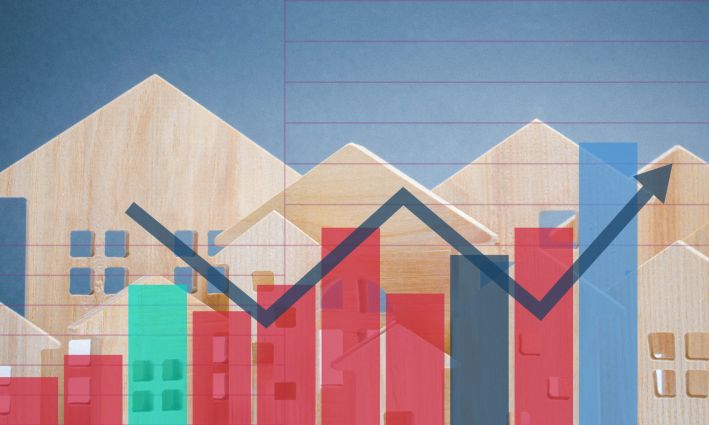Corporate Canada’s well-oiled public relations machine is in full swing against a minor change to Canada’s tax system, which would increase the capital gains inclusion rate—not the tax rate, the inclusion rate, which governs what percentage of income is subject to taxation at all—to 66 per cent the profits made from the sale of assets (like real estate and stocks). Of course, if another company turns a profit by making things or providing a service, that profit is 100 per cent taxable.
Their threat, as always, is that the corporate sector will just stop investing. They say that effectively increasing taxes on corporations scares them away, and brings growth to a screeching halt, tanking the economy.
That’s the argument anyway, but we’ve actually had these inclusion rates or higher in Canada for over a decade in the 1990s, so we can just look at the data. The short version is that corporate investment didn’t tank the last time we did this—it doubled!
Corporate investment is generally tracked by looking at how much of our economy is actually corporations investing in two categories—intellectual property (IP) and machinery and equipment (M&E).
In 1988, corporate investment in IP and M&E represented 3.5 per cent of Canada’s total economic output, as measured in Gross Domestic Product (GDP). That year, the federal government increased the capital gains inclusion rate—despite howls from corporate Canada that it would destroy corporate investment. From 1988 until 2000, the capital gains inclusion rate was 66.6 per cent or 75 per cent depending on the year—at least as high as it will be after the 2024 federal budget’s increase kicks into effect.
Guess what happened? During the period that the capital gains inclusion rate was higher–from 1988 until 2000—corporate investment as a percentage of GDP nearly doubled, from 3.5 per cent to 6 per cent.
Canada’s business class threatened that it would leave and invest elsewhere during that period, too—and, during the early days of financial globalization, where governments were setting up infrastructure to allow capital investments to move across borders at unprecedented speed, that wasn’t an idle threat. As they do now, they had the capacity to move, and they chose not to.
The fact is that corporate investment follows the business cycle, not tax policy. When the economy is doing well, corporate investment increases, and when the economy is depressed, corporate investment decreases. If there’s money to be made, corporations will invest. Tax policy has very little to do with any of it.
Tax lawyers will, of course, try to ensure corporations pay the lowest possible taxes—but this happens after the initial investment. Corporate investment chases profit, it doesn’t chase low tax rates.
If the federal government plays its cards right, then it could actually use the increased revenue from the capital gains to spur on economic growth—by doing things like massively investing in non-market housing, leading a just transition to mitigate and adapt to climate change, and making needed infrastructure investments in municipalities across the country.
Those programs, then, could fuel an increase in investment due to increased economic activity—and profit potentials for the private sector. But you won’t hear that coming from the corporate outrage machine.









